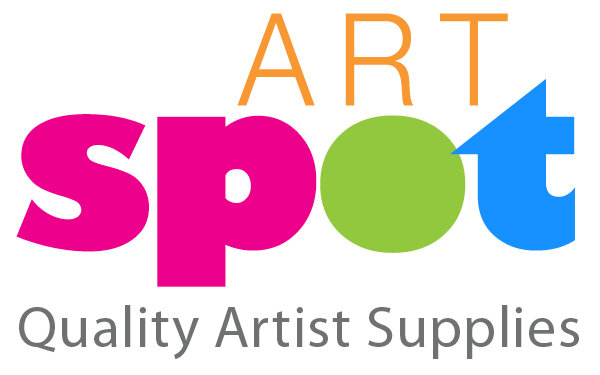Barbara Wyatt is a ceramicist/sculptor with a palpable verve for her work. In fact, just conversing about art made her restless to get back to the studio to create!
Scott: What are the most important materials for you in your art-making?
Barbara: Clay and glaze, of course, but also items I find "in the wild". It's natural for me forage for interesting bits and pieces as I walk the beach, for example, or when I travel. Something beautiful catches my eye and stirs my creative spirit.
Scott: How do you use the things you collect?
Barbara: I keep these found objects in storage containers in the desk area of my studio; when my clay pieces have been fired and glazed, I often find adding a feather, stone or shell gives me the feeling of having completed the piece of art.
Scott: I've seen that in your work, and you're right -- it does add a real sense of completion.
Barbara: One of the things that drives my aesthetic is the desire to create bridges between Nature and Art. Because for me they are not really separate at all!
Scott: That's excellent, and it makes perfect sense. Where else are you finding inspiration?
Barbara: Inspiration comes from multiple sources. I love to look through house design books and fabric/wallpaper designs. I have Art Deco books with fantastic designs that can be carved into the clay. Sometimes I use slip to create a raised design. Snorkeling on a recent trip to Hawaii gave me some ideas on using colored slips and carving.
Scott: What are you looking for in a slip? Do you make your own?
Barbara: Slip is made of liquid clay with additives that keep it in suspension for a consistency of buttermilk. Yes, I do make my own. Colorants can be added to it. Most functional ceramics have a coat of glaze over the slip to seal the work. If making something non-functional, you can choose to skip the clear sealing glaze and leave the slip bare, for a matt look.
Scott: What tools are you using to carve and texturize your work?
Barbara: Sometimes I use handmade tools because there's something specific I want to achieve. But I use kitchen tools, cardboard, car floor mats, just about anything you can impress into the clay! The interplay of these textures with particular glazes is what I am trying to work with to accentuate this shallow and raised surface design.
Scott: Are you experimenting with any new techniques right now?
Barbara: Most recently I have been drawn to using a torch to dry the surface of the clay. When stretched, this produces a serendipity texturing of clay strips that can be molded into space -- in recent pieces, specifically the form of the female torso.
Scott: Wow, I had no idea you were using a torch to coax such delicate contours from the clay! What are your big influences right now?
Barbara: I love to see how other ceramic artists are using this very malleable substance to create. My students influence me too. When they ask, "Can I do this?" -- whatever this might be -- it's such a valuable question! Can I do this? is a question that stirs my soul. Speaking of which, it's time for me to get in the studio and get busy!

